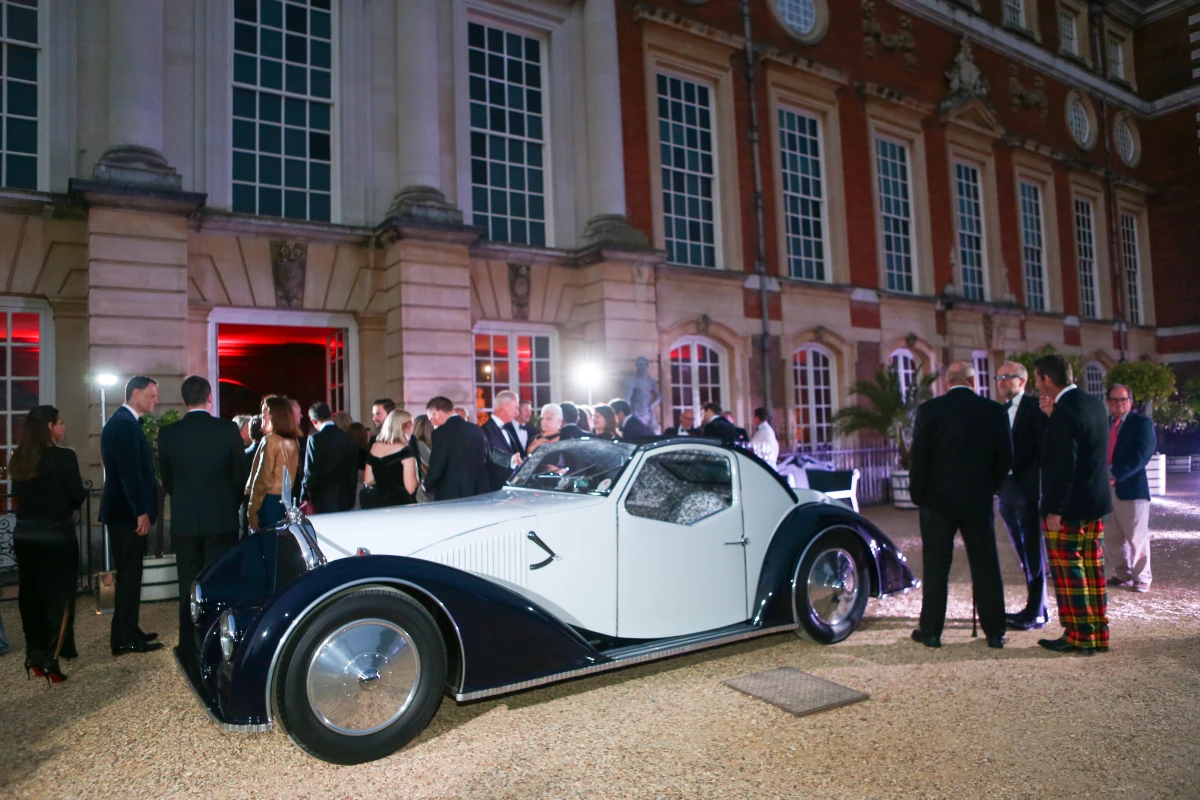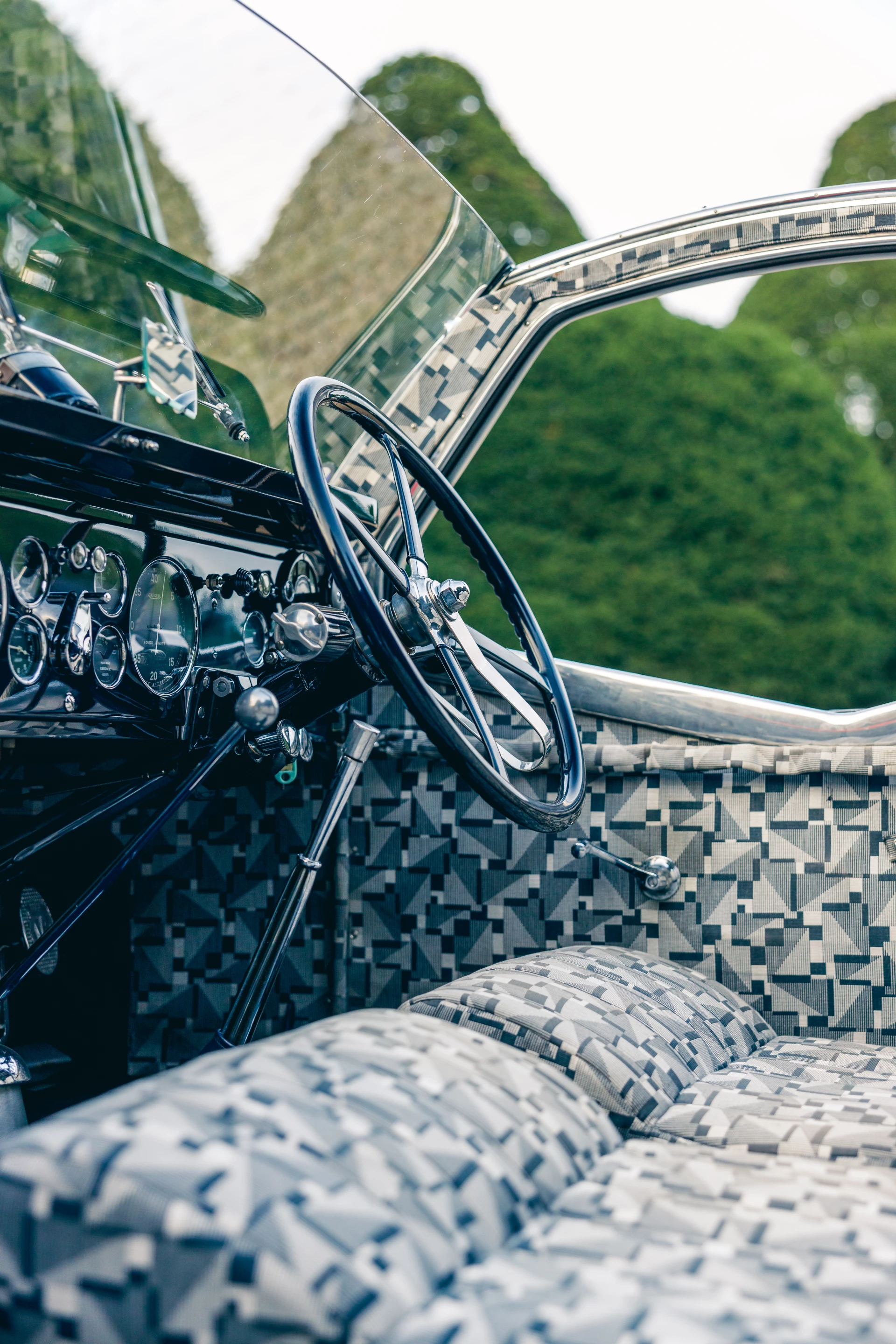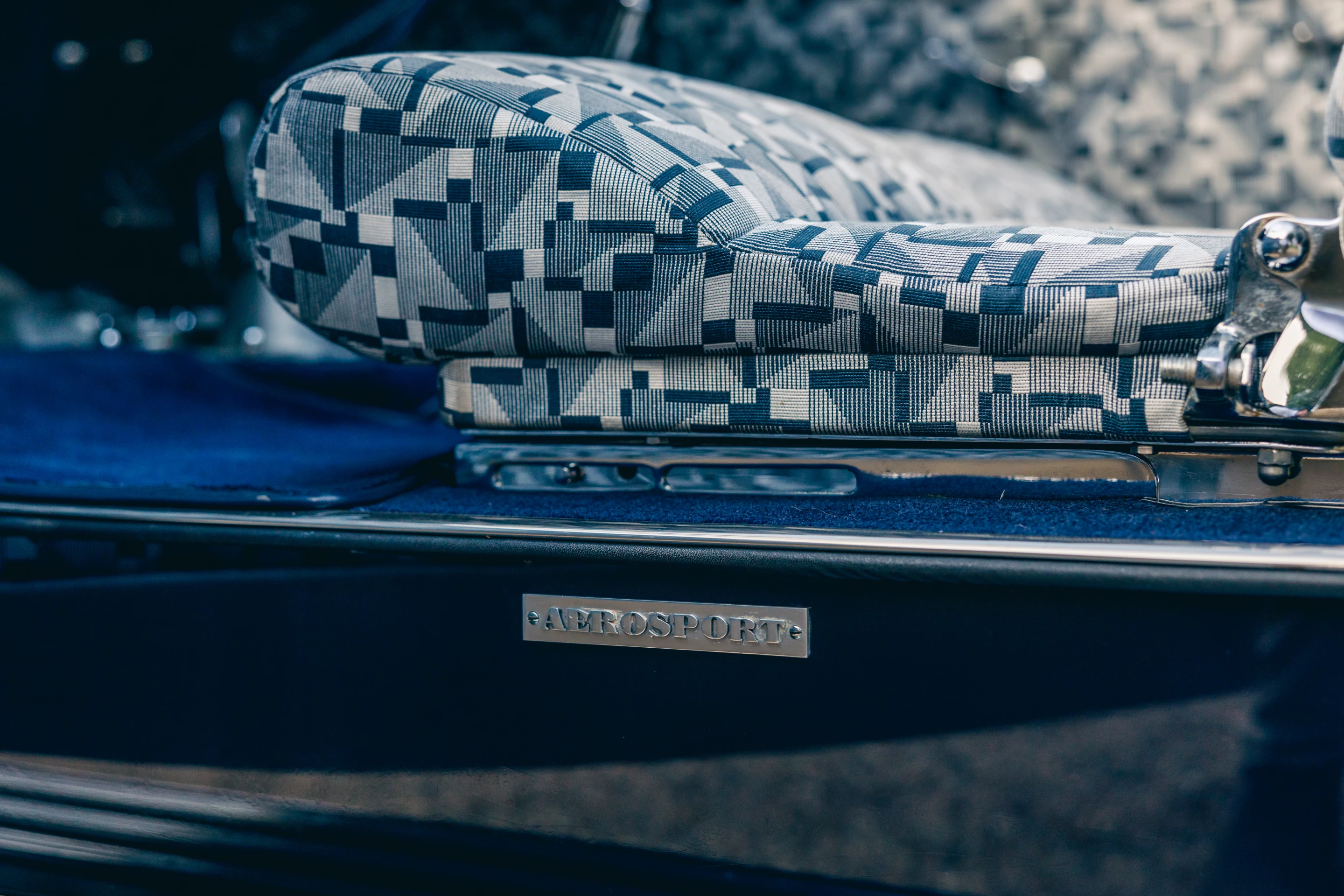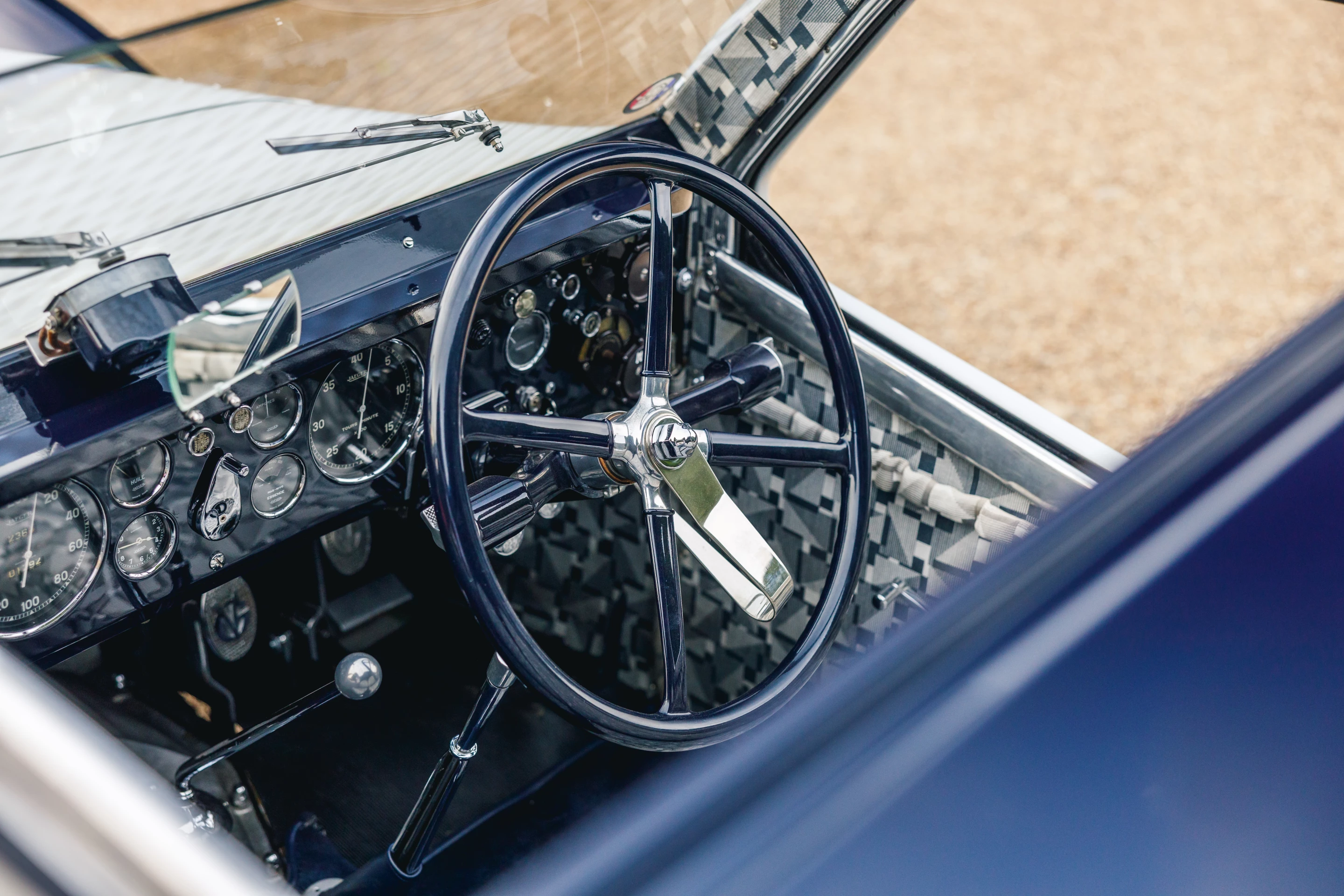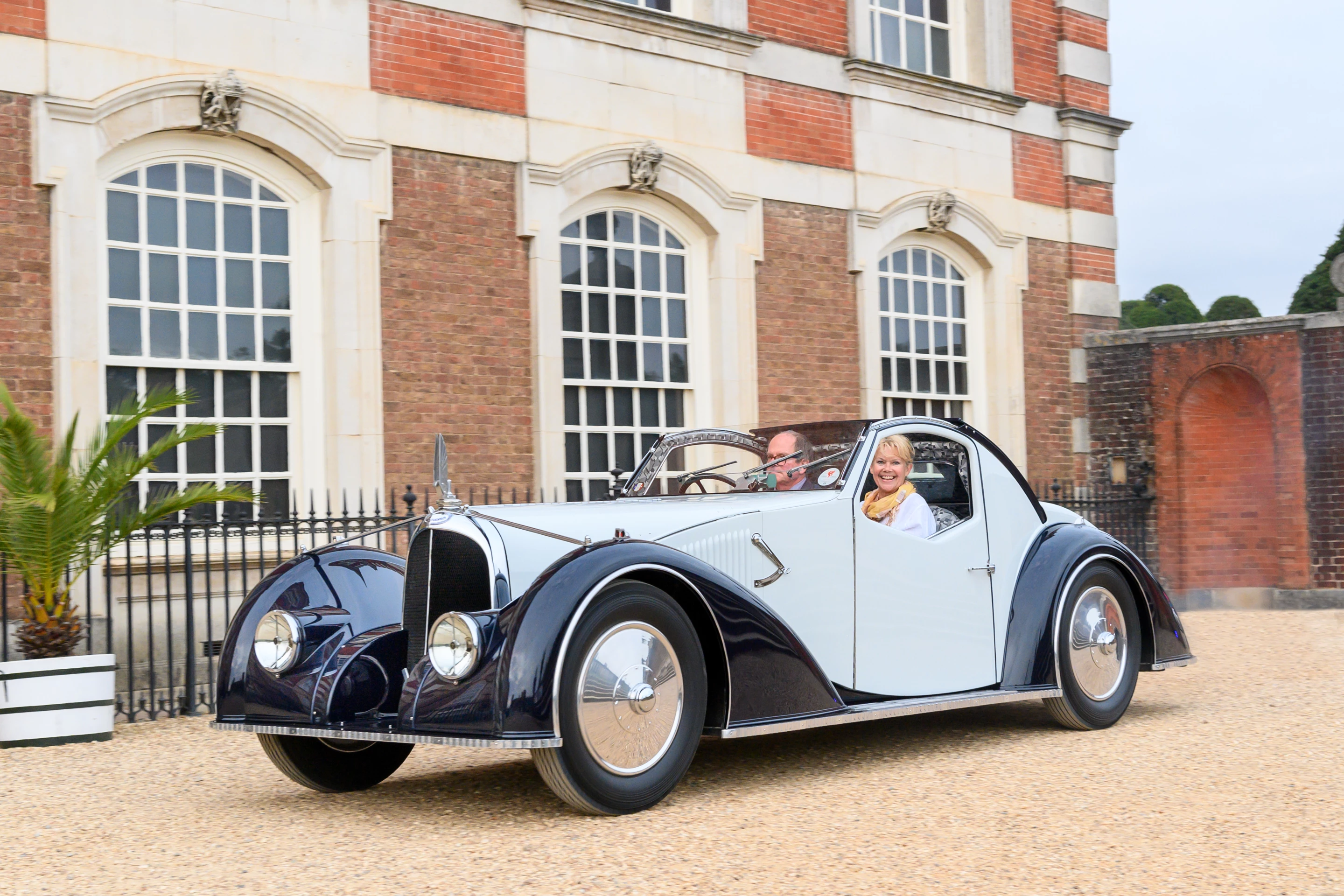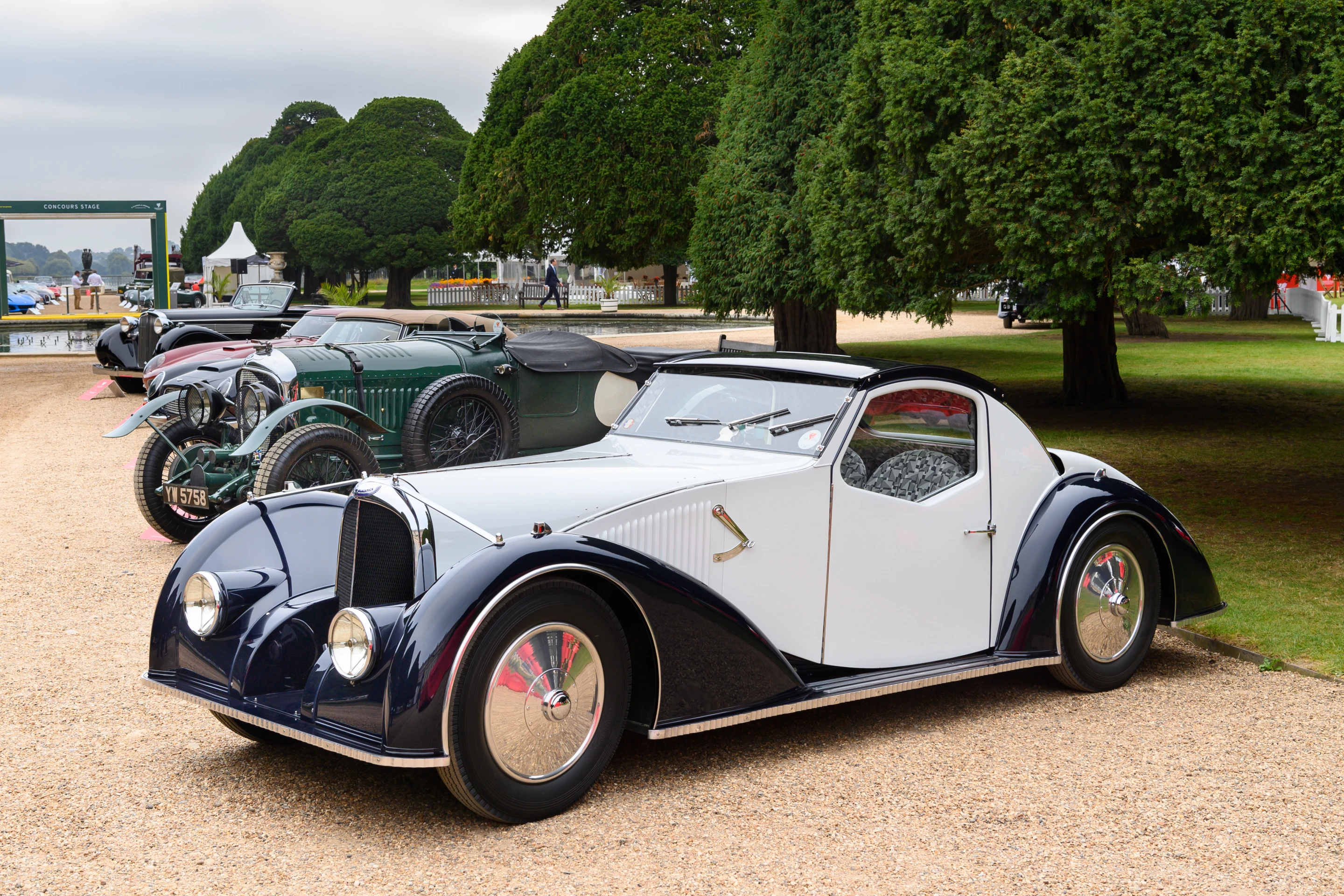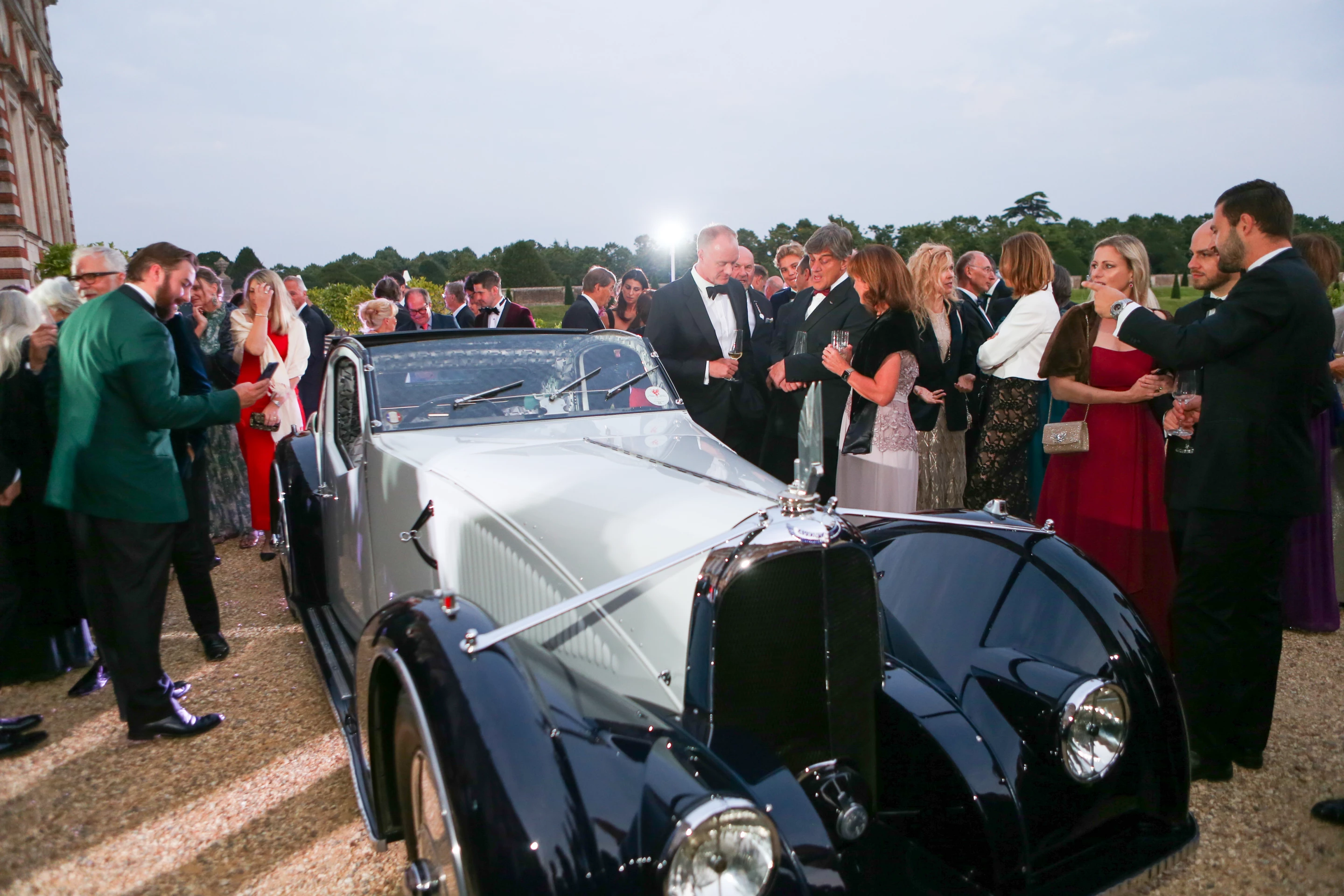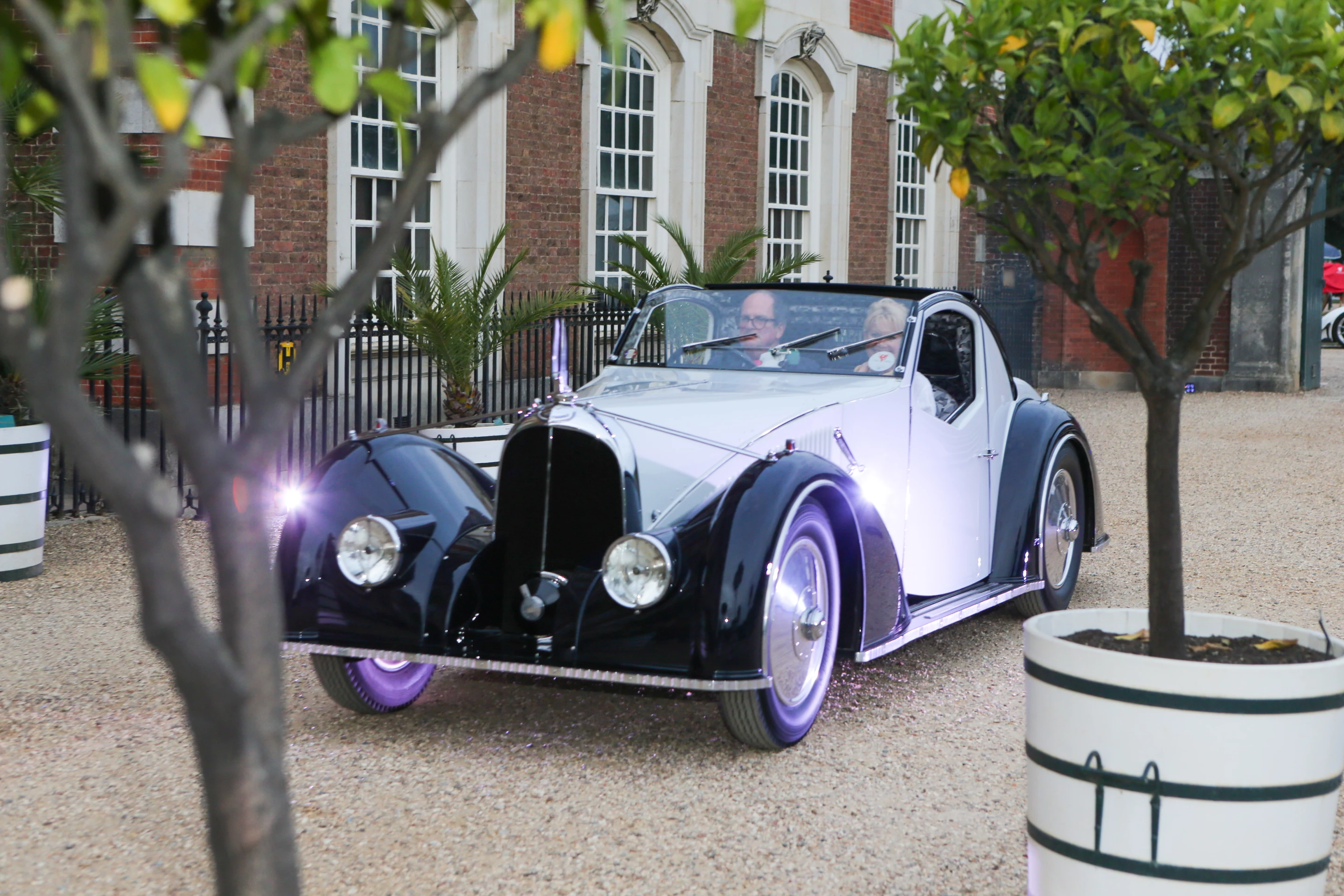The 2021 Concours of Elegance presented by A. Lange & Söhne was held at Hampton Court Palace last weekend, with the prestigious "Best in Show" award, voted by the owners of the cars on display, going to a unique art deco rolling sculpture known as the Voisin C-27 Aérosport.
The origins of the C27 Aérosport lie in the Aérodyne, a provocative car created for the 1934 Paris Motor Show that didn’t quite hit the mark in terms of sales. After the expo, two roadsters were built on shortened Aérodyne chassis – which became known as the C27. This car is all that remains of the Voisin C27 breed, created by one of the most acclaimed engineers of the 20th Century, the celebrated aviation pioneer Gabriel Voisin, and it shows many of the hallmarks of Voisin’s aviation background.

Voisin (5 February 1880 – 25 December 1973) was one of the world’s great aviation pioneers, and along with Alberto Santos-Dumont, Henri Farman and Glenn Curtiss, he was one of the people responsible for the formation of the aviation industry in the decade after the Wright Brothers' first flight.
Voisin built Europe's first manned, engine-powered, heavier-than-air aircraft and his fortunes soared as the aviation company he founded produced more than 10,000 military aircraft during WW1. A Voisin Type VIII is on display in the Smithsonian's National Air and Space Museum in Washington, D.C, and is believed to be the oldest bomber aircraft in the world.
After witnessing the horrors of WW1, Voisin rejected aviation and the death he could foresee it would bring in the next major conflict, and collaborated with friend and automobile designer André Citroën to build a luxury car immediately after the war was over. Voisin spent his entire life designing cars from that point, becoming an advocate of light weight, centralized mass, aerodynamic efficiency, and low frontal area – he was also one of the first in the world to experiment with monocoque chassis.
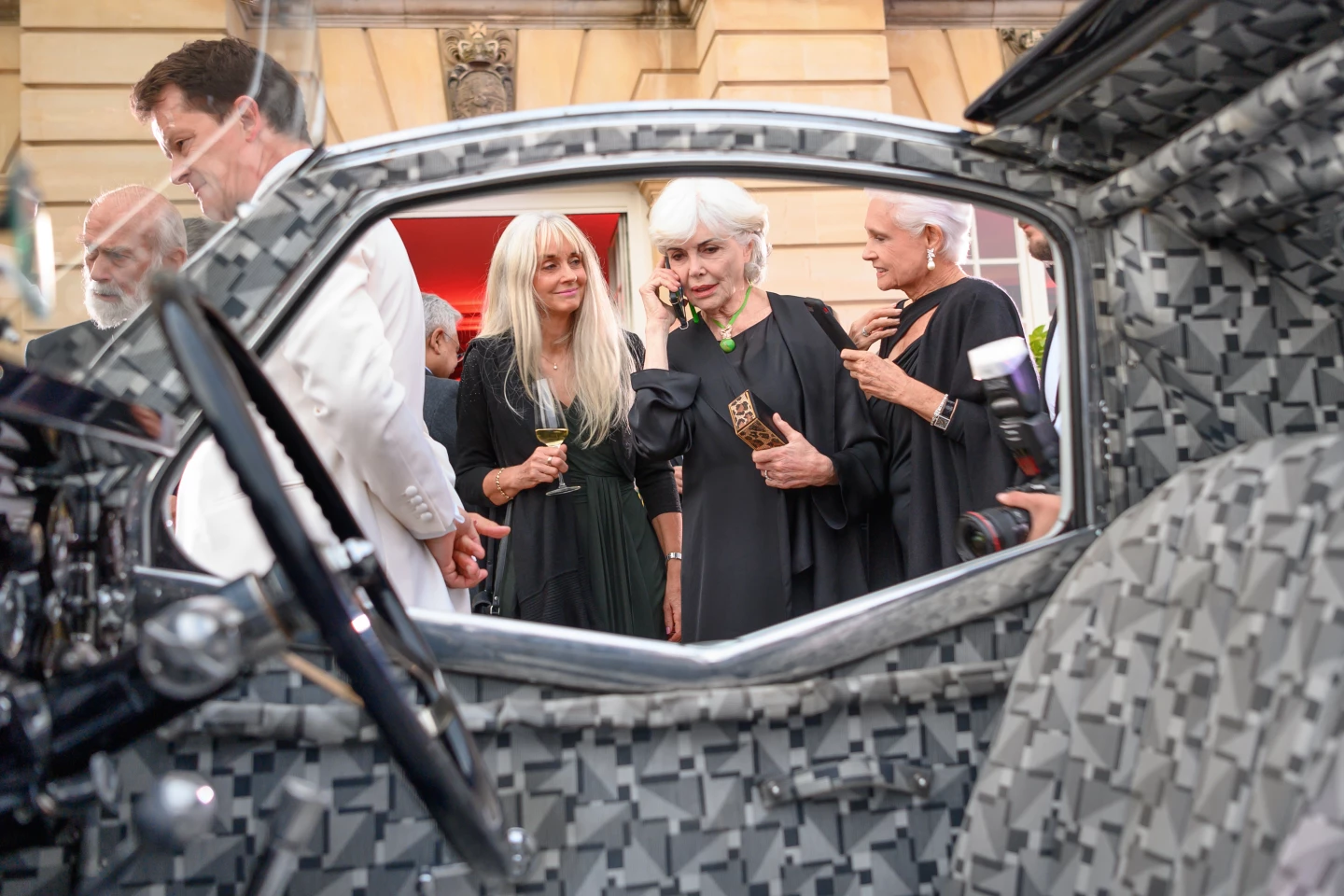
A decade after beginning automobile construction, Voisin’s cars held 37 world records, including the 24 hour average speed record of 182.66 km/h (113.49 mph). More than 60,000 Voisin automobiles were built before his first retirement from the field in 1936.

The Voisin C27 that stemmed from the 1934 Paris Motor Show Aérodyne was going to be more expensive than a Bugatti to buy and the austere market conditions of the mid-1930s finally saw the Voisin name disappear from automotive production in the late 1930s.
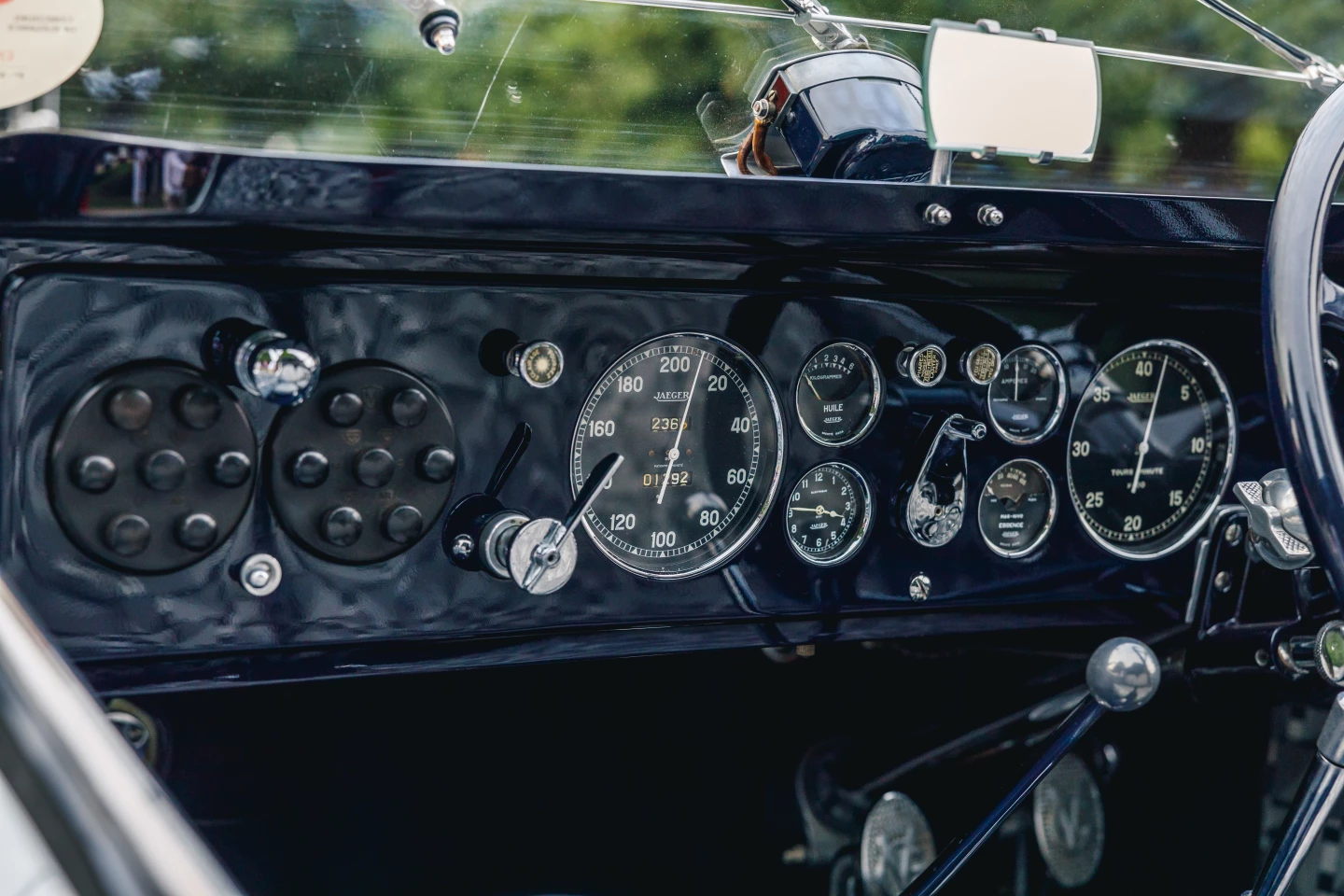
Take a look through the gallery for this remarkable vehicle and you’ll understand both the genius and the folly of Gabriel Voisin.

Remarkably, after WW2, Voisin recognized the need for economical, cheap, small cars and he built a series of prototypes, one of which was licensed by Autonacional SA in Spain, where more than 12,000 were produced as the "Biscúter" during the 1950s. One of the prototypes came up for sale at Bonhams recently, and you can see the very same lines of the C27 in the prototype produced two decades later for an entirely different marketplace.
